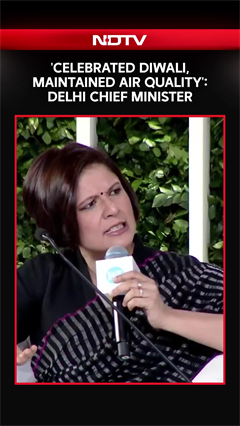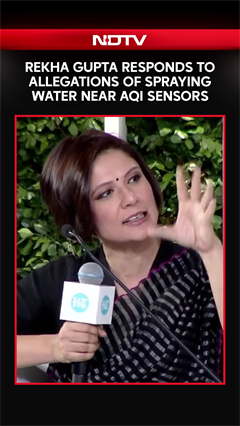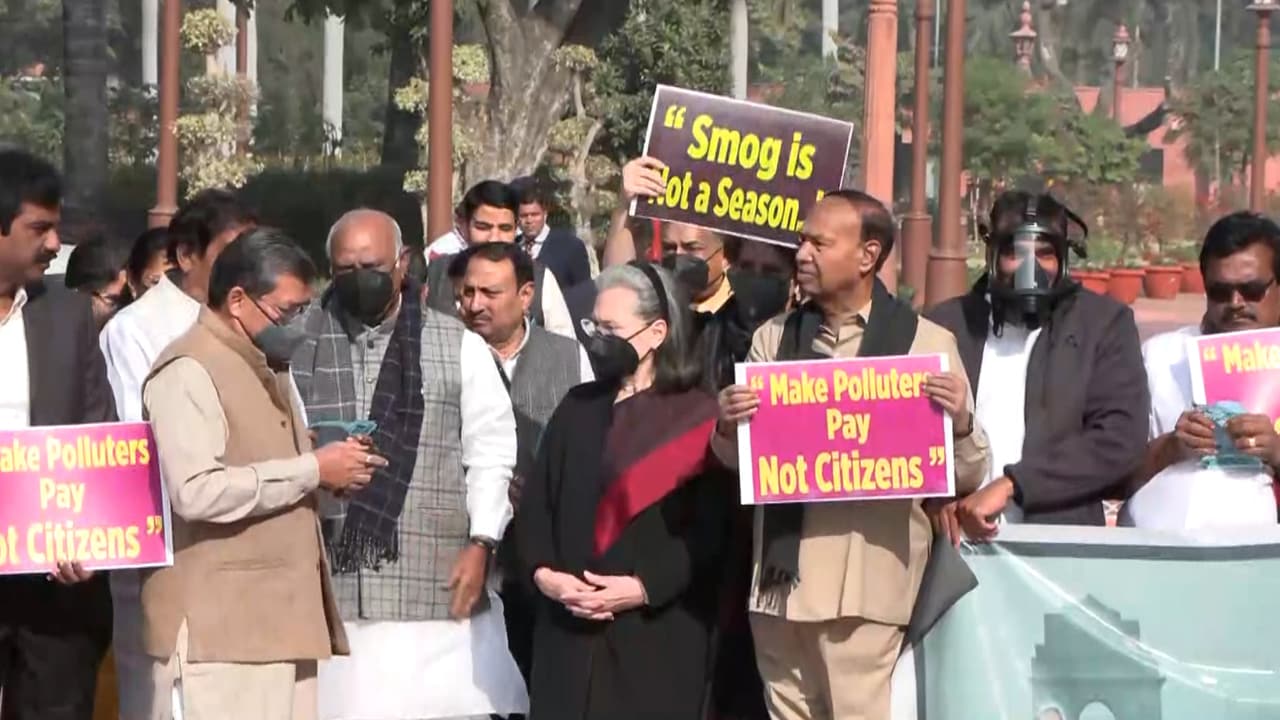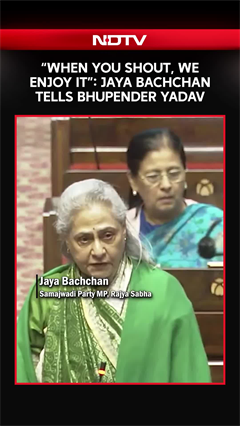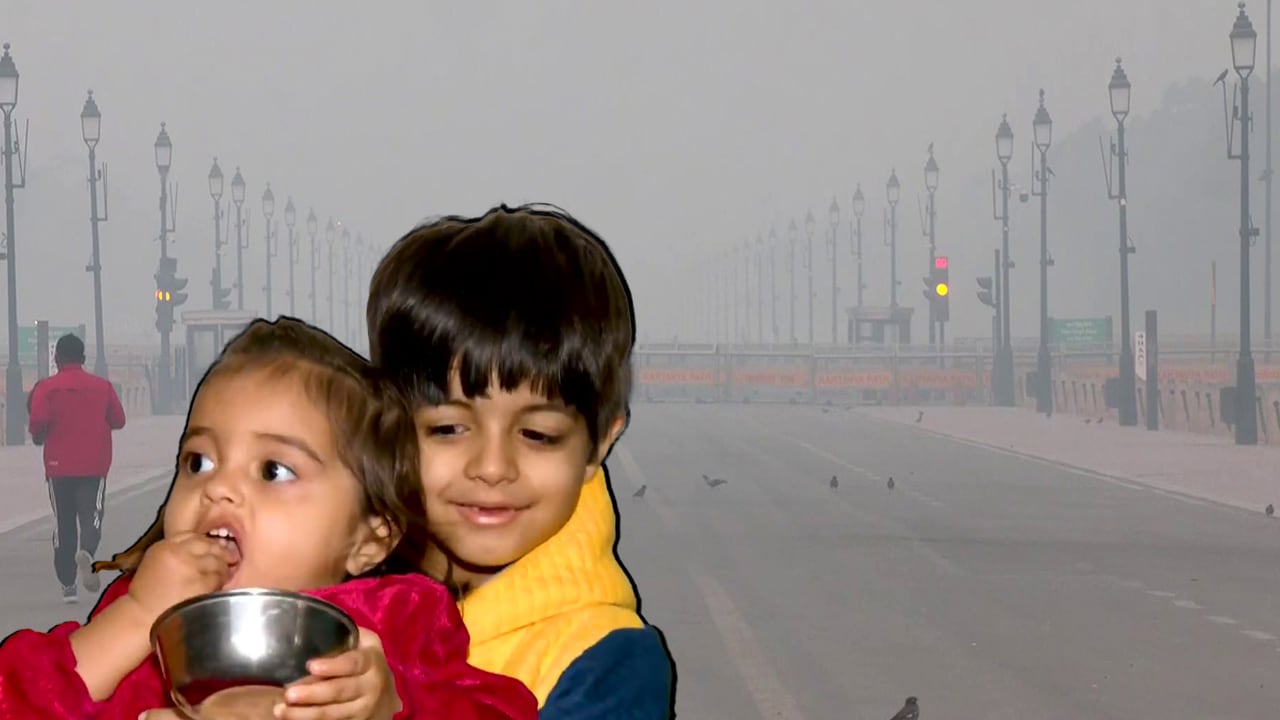- Home/
- From Rockets In 1972 To Aircraft In 2025, Delhi's Cloud Seeding Dreams
From Rockets In 1972 To Aircraft In 2025, Delhi's Cloud Seeding Dreams

Highlights
- Delhi's cloud seeding attempt failed due to a lack of rain-bearing clouds in the atmosphere
- Cloud seeding can only enhance existing clouds, not create new ones
- Cloud seeding offers limited pollution relief and cannot replace pollution control measures
In a city gasping for clean air, Delhi's latest attempt at cloud seeding - a technique to induce artificial rain - has once again ended in disappointment. Despite the deployment of aircraft and the release of specially formulated seeding agents into the atmosphere, the skies over the capital remained stubbornly dry. The culprit? A lack of rain-bearing clouds.
This is not the first time Delhi has flirted with the idea of manufacturing artificial rain. In fact, the city's tryst with cloud seeding dates back over half a century. According to the Indian Institute of Tropical Meteorology (IITM), Delhi's first documented experiment with artificial rain was conducted in the winter of 1971-72.
As per the IITM Annual Report (1971-72), it says, "Cloud seeding experiment using ground based Silver Iodide generator was conducted during December 1971 to March 1972 at Delhi for the fourth successive winter. Of the 22 favourable days obtained during the period, the seeding experiment was done only on 11 days. While the remaining 11 days were kept as control for evaluation of seeding results. Preliminary analysis of the data shows a tendency for increase in rainfall on seeded days."
This early experiment, though rudimentary - using rockets to fire silver iodide into the sky - laid the groundwork for future efforts. Fast forward to 2025, and the technology has evolved, but the results remain just as uncertain.
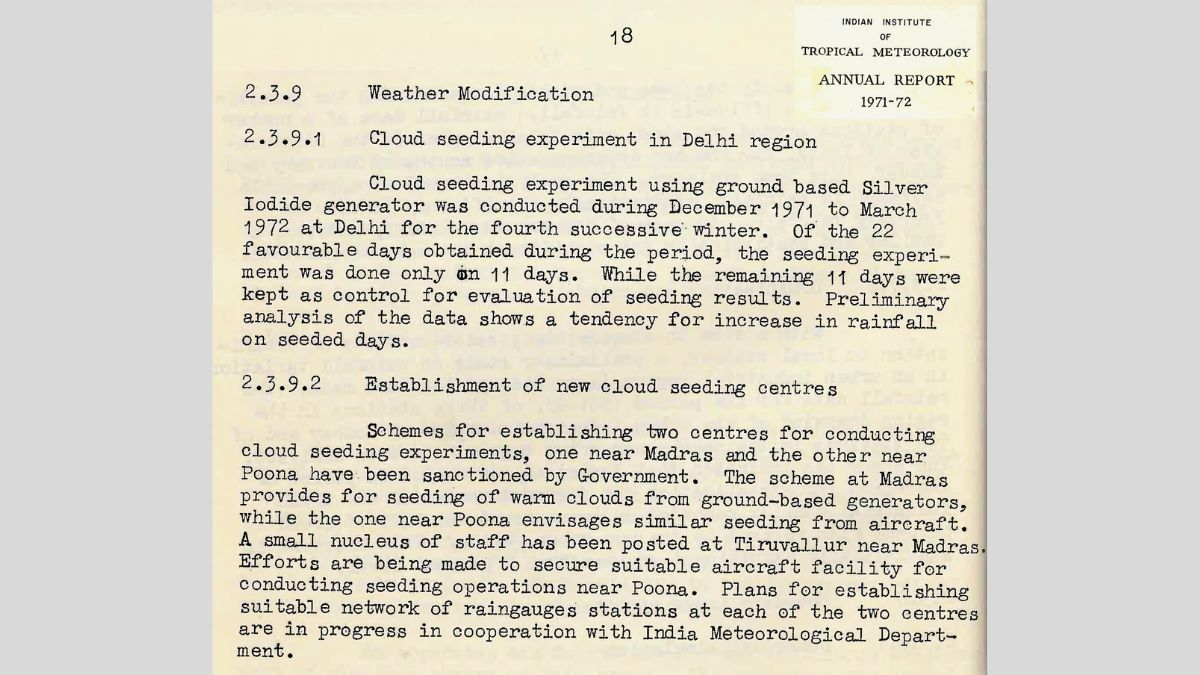
Facsimile of the IITM 1972 report. Credit: Dr Roxy Mathew Koll, IITM, Pune
This time, the Indian Institute of Technology (IIT) Kanpur led the charge, using aircraft to disperse a specially developed mixture of rock salt and common salt, with only 20 per cent Silver iodide. The institute emphasized that this formulation is significantly less toxic than traditional high silver iodide-based agents.
In an official statement, IIT Kanpur acknowledged the limitations of the recent attempt: "The cloud-seeding activity planned for today (29 October 2025) has been put on hold due to insufficient moisture in the clouds. The process is highly dependent on the right atmospheric conditions. While rainfall could not be triggered yesterday because moisture levels were around 15 to 20 per cent, the trial delivered valuable insights."
Despite the lack of rain, the experiment according to IIT, Kanpur did yield some encouraging data on pollution reduction. However, the broader scientific community remains cautious.
At the heart of the issue lies a fundamental challenge: our limited understanding of clouds. Cloud formation, structure, and behaviour-especially in tropical regions like India-are notoriously complex and chaotic. This makes predicting the success of cloud seeding a scientific gamble.

Dr M Rajeevan, a renowned monsoon specialist and former Secretary of the Ministry of Earth Sciences, offered a candid assessment: "There is no threshold for moisture. To succeed [in] cloud seeding what we need is a cloud with adequate development with adequate cloud droplets. While cloud seeding we inject more aerosol particles within the cloud so that more cloud droplets are formed and cloud droplets grow in size. So the basic ingredient is clouds with adequate development. So even if we have 80 per cent of humidity in the atmosphere but if we don't have clouds, we cannot do this experiment. Yesterday what happened was that there were no clouds with adequate development and cloud droplets, which could be easily seeded. We cannot create rain in a blue sky. That happens only in Indian films. What we need [is an] adequate amount of clouds to seed and increase the cloud efficiency."
This statement underscores the central dilemma: cloud seeding cannot create clouds-it can only enhance existing ones. Without the right kind of clouds, even the most sophisticated technology is rendered ineffective.
India's experiments with cloud seeding are not limited to Delhi. States like Maharashtra, Karnataka, and Andhra Pradesh have all tried their hand at it. The most scientifically rigorous of these was conducted by IITM Pune in the Solapur region of Maharashtra, where a detailed study showed a marginal 20 per cent increase in rainfall due to cloud seeding. As a science journalist, I had the unique opportunity in 2018 to fly aboard the very aircraft that carried out the seeding operations in Solapur-a first-hand experience that revealed both the promise and the pitfalls of this technology. In 2023 the findings of the Cloud Aerosol Interaction and Precipitation Enhancement Experiment (CAIPEEX) experiment were finally released.

Globally, 56 countries have experimented with cloud seeding. China, for instance, famously used it during the 2008 Beijing Olympics to reduce air pollution and ensure clear skies. While it achieved some success, experts agree that the real gains came from aggressive pollution control measures, not just atmospheric tinkering.
In India, the urgency to find solutions is palpable. With nearly 20 million people in Delhi choking on hazardous air, any method that can bring relief is welcomed. However, cloud seeding is expensive, involving aircraft, specialized chemicals, and precise meteorological coordination. Moreover, traditional agents like silver iodide are mildly toxic and raise environmental concerns.
The IIT Kanpur team has tried to address these issues with a safer chemical mix, but the core challenge remains meteorological. Without rain-bearing clouds, even the best technology is powerless.
A top government Earth Sciences scientist speaking to NDTV junked the Delhi artificial rain trial saying "cloud seeding was attempted without clouds in the sky, bizarre it was", calling it "like conducting a caesarean operation or doing a C-section without a baby in the womb."

There's also scepticism about cloud seeding's ability to meaningfully reduce air pollution. While rain can wash away pollutants, aerosols are notoriously difficult to capture in water droplets. Natural monsoon rains do clean the air effectively, but replicating that artificially is a different ballgame.
Ultimately, cloud seeding may offer temporary relief, but it is not a long-term solution. The real key to cleaner air lies in cutting pollution at its source. Delhi has seen this before - during the Commonwealth Games, when the introduction of Compressed Natural Gas (CNG) led to visibly clearer skies.
The lesson is clear: technology can help, but policy and political will are paramount. With the right mix of regulation, enforcement, and innovation, Delhi can reclaim its blue skies. Until then, cloud seeding remains a scientific experiment-one that, like the clouds it seeks to manipulate, is full of promise but shrouded in uncertainty.
also read
"Mad Traffic And Honking": Kanpur Man Shares Challenges He Faced After Moving Back To India From Ireland
Edited by Astitva RajWhere India Found Clean Air This Week: Top 5 Cities Ranked
Edited by Srishti Singh SisodiaWhich Are India's Top 10 Polluted Cities? UP Accounts For 6 On The List
Press Trust of India
Latest Stories
- Edited by Astitva Raj | Sunday December 07, 2025
His post clearly explains the various daily challenges he faced after moving to India from Ireland.
- Edited by Srishti Singh Sisodia | Sunday December 07, 2025
These cities serve as examples of how natural surroundings and effective pollution control can contribute to cleaner air.
- Press Trust of India | Sunday December 07, 2025
Ghaziabad was the most polluted city in India in November, with a monthly average PM2.5 concentration of 224 microgram per cubic metre and air quality remaining above the national standards on all 30 days, according to a new analysis.
- Reported by Ishika Verma | Saturday December 06, 2025
New Delhi: Two days after Chief Minister Rekha Gupta held a high-level review meeting, the Delhi government on Saturday formally notified the constitution of a new Expert Group on Air Pollution Mitigation and a High-Level Implementation Committee.
- Saturday December 06, 2025 , New Delhi
Delhi Chief Minister Rekha Gupta on Thursday claimed that the capital had "celebrated Diwali and maintained air quality."
................................ Advertisement ................................
Latest Videos
Opinion
Blog | Well Done, Delhi. You've Turned Lung Sacrifice Into A Badge Of HonourSaikat Kumar Bose
Monday November 10, 2025Till some years back, Delhiites would ask angry questions to those in power about the capitals annual tryst with toxic air. This has changed. Those in the driving seat dont see the need to answer now.
Opinion | Why Indians Have Just Given Up On Air Pollution CrisisTanushree Ganguly
Friday December 20, 2024While some may argue that people in Delhi are now more aware of air pollution than they were a decade back, my rebuttal would be that awareness does not mean that people are concerned.
Opinion | You Must Outrage Over Filthy Air More Than Once A YearJyoti Pande Lavakare
Tuesday December 10, 2024Delhi welcomed us with monsoon rains and mangos. We were home. Fast forward a couple of years, in the winter of 2012, I found myself in denial about something other parents, mostly expats, were calling toxic air.
Opinion | Delhi's Air Pollution Situation Is Like A Bad MarriageNishtha Gautam
Friday November 22, 2024On a good day, such as today, the AQI reading in Delhi is 407. We are jubilant at the sickly sunshine trickling through the slightly dissipated smog. At least its not 1600.
दिवाली... पराली... सियासी जुगाली!Ashwini kumar
Monday November 18, 2024दिल्ली-एनसीआर में प्रदूषण का समाधान तो आज तक मिला नहीं. हर साल चिंतित होकर हम-आप सांसों की तकलीफ के साथ-साथ दिल और ब्लड प्रेशर के मरीज भी क्यों बनें?








